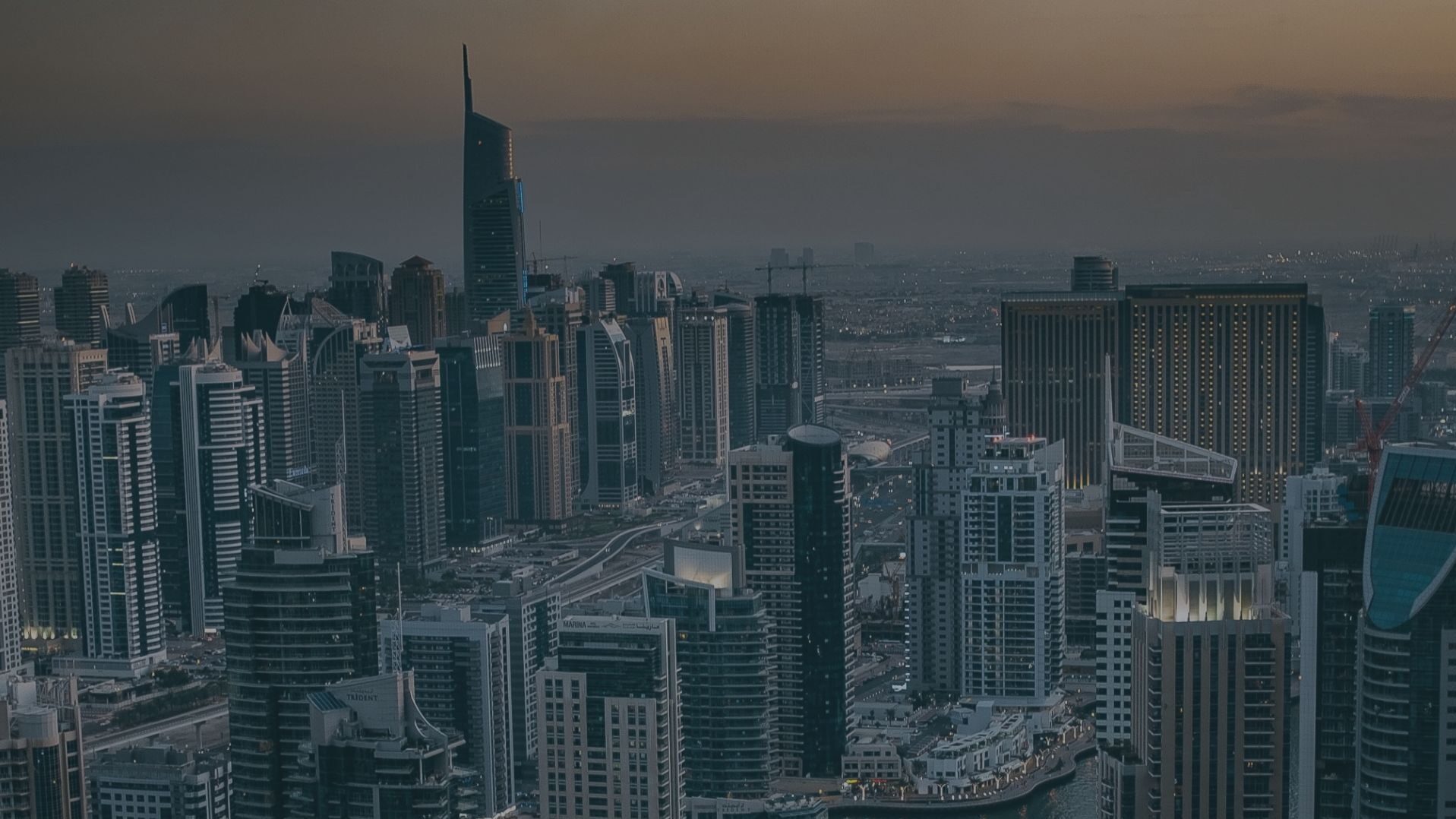Saudi Arabia’s Four Special Economic Zones: The Perfect Blend of Government Support and Strategic Location
As part of its efforts to achieve economic diversification and attract domestic and foreign investments, Saudi Arabia has established four special economic zones(SEZs). These SEZs come with unique characteristics and incentives to promote economic growth and facilitate business activities, making them gateways for Chinese companies to enter the Saudi market. In this article, we present the sixth installment of the “Saudi Observation” series by the A-Z Institute of Industry Research, providing in-depth insights into industrial policies, regulations, trends, market demands, competitive landscapes, and potential business opportunities in the fields of Sino-Saudi investment, trade, and engineering construction.
1. King Abdullah Economic City (KAEC):
Located near Jeddah on the coast of the Red Sea, KAEC is one of Saudi Arabia’s largest special economic zone. The economic city aims to become a hub for trade, industry, and logistics, covering a wide range of industries, including logistics, manufacturing, tourism, and services. Key features of KAEC include:
a. Comprehensive Infrastructure:
KAEC boasts modern infrastructure, including a port, highways, railway connections, and an international airport, providing excellent connectivity for businesses.
b. Diversified Industries:
The city is designed to accommodate various industries, including light and heavy manufacturing, residential and commercial real estate, educational institutions, healthcare facilities, and entertainment facilities.
c. Investment Incentives:
KAEC offers attractive incentives to businesses, including certain tax and customs exemptions, simplified administrative procedures, and access to skilled labor.
2. Jazan Economic City:
Situated in the southwestern region of Saudi Arabia, Jazan Economic City primarily focuses on the energy and petrochemical industries. Key features of Jazan Economic City include:
a. Petrochemical Hub:
The strategic location of the city near Jazan Refinery and other petrochemical facilities provides opportunities for downstream industries and value-added activities.
b. Energy Infrastructure:
Jazan Economic City benefits from its proximity to Jazan Economic City Power Plant, ensuring reliable and cost-effective energy supply for businesses.
c. Local Production:
The city aims to promote local production by encouraging local companies’ participation, creating employment opportunities, and facilitating technology transfer.
3. King Salman Energy Park (SPARK):
Located in the Eastern Province and dedicated to the energy sector, SPARK aims to attract investments in oil, gas, and related industries. Key features of SPARK include:
a. Industry Cluster:
SPARK aims to accommodate various energy-related industries, including upstream and downstream activities, service providers, manufacturers, and supporting services.
b. Collaboration and Innovation:
The park fosters collaboration and innovation among energy companies, research institutions, and technology providers, aiming to create an ecosystem that encourages knowledge sharing and technological development.
c. Infrastructure and Services:
SPARK provides state-of-the-art infrastructure, including utilities, transportation, logistics, and residential areas. It offers a range of support services to facilitate business operations.
4. Wa’ad Al Shamal Industrial City:
Located in the northern region of Saudi Arabia, Wa’ad Al Shamal Industrial City focuses on mining and mineral processing industries. Key features of Wa’ad Al Shamal Industrial City include:
a. Mining Opportunities:
The city’s strategic location near significant reserves of phosphate and bauxite provides opportunities for mining operations and downstream industries.
b. Energy Supply:
Wa’ad Al Shamal Industrial City benefits from a dedicated power plant, ensuring stable and cost-effective energy supply for businesses.
c. Comprehensive Services:
The city provides comprehensive services for residents, including industrial infrastructure, residential areas, educational institutions, healthcare facilities, and entertainment facilities.
These special economic zonesin Saudi Arabia offer attractive incentives, modern infrastructure, and advantages in specific industries to attract investors, promote business operations, and drive economic growth. They serve as focal points for targeted industries, promoting job creation, technology transfer, and economic diversification.
Key Characteristics of Saudi Special economic zone:
a. Preferential Tax Rates:
Businesses operating in the special economic zonesenjoy a 5% corporate tax rate, compared to the standard rate of 20%.
b. Customs Exemptions:
Goods imported into the special economic zonesare exempt from customs duties.
c. Simplified Regulations:
Businesses operating in the special economic zonesare subject to simplified laws, reducing the time and cost of conducting business.
d. Government Support:
Businesses operating in the special economic zonescan receive government support, such as training, financing, and land.
Some key features of Saudi special economic zonesare:
a. Strategic Locations:
The special economic zonesare located in critical economic regions, such as the Red Sea coast and the Gulf of Mexico coast. This makes them ideal choices for companies looking to enter global markets.
b. Incentives:
The special economic zonesoffer various incentives to attract foreign investments, such as preferential tax rates, customs exemptions, and simplified regulations.
c. Government Support:
The special economic zonesreceive government support, such as training, financing, and land, to help businesses start and grow.
d. Saudi Vision 2030:
The special economic zonesare part of Saudi Vision 2030, aimed at achieving economic diversification and reducing reliance on oil. This means that the government is committed to supporting the special economic zonesand ensuring their success.
Saudi Arabia’s special economic zoneshave the potential to become major drivers of economic growth and diversification. The government has made significant commitments to the special economic zone, placing them in a favorable position to attract foreign investments and create jobs.
